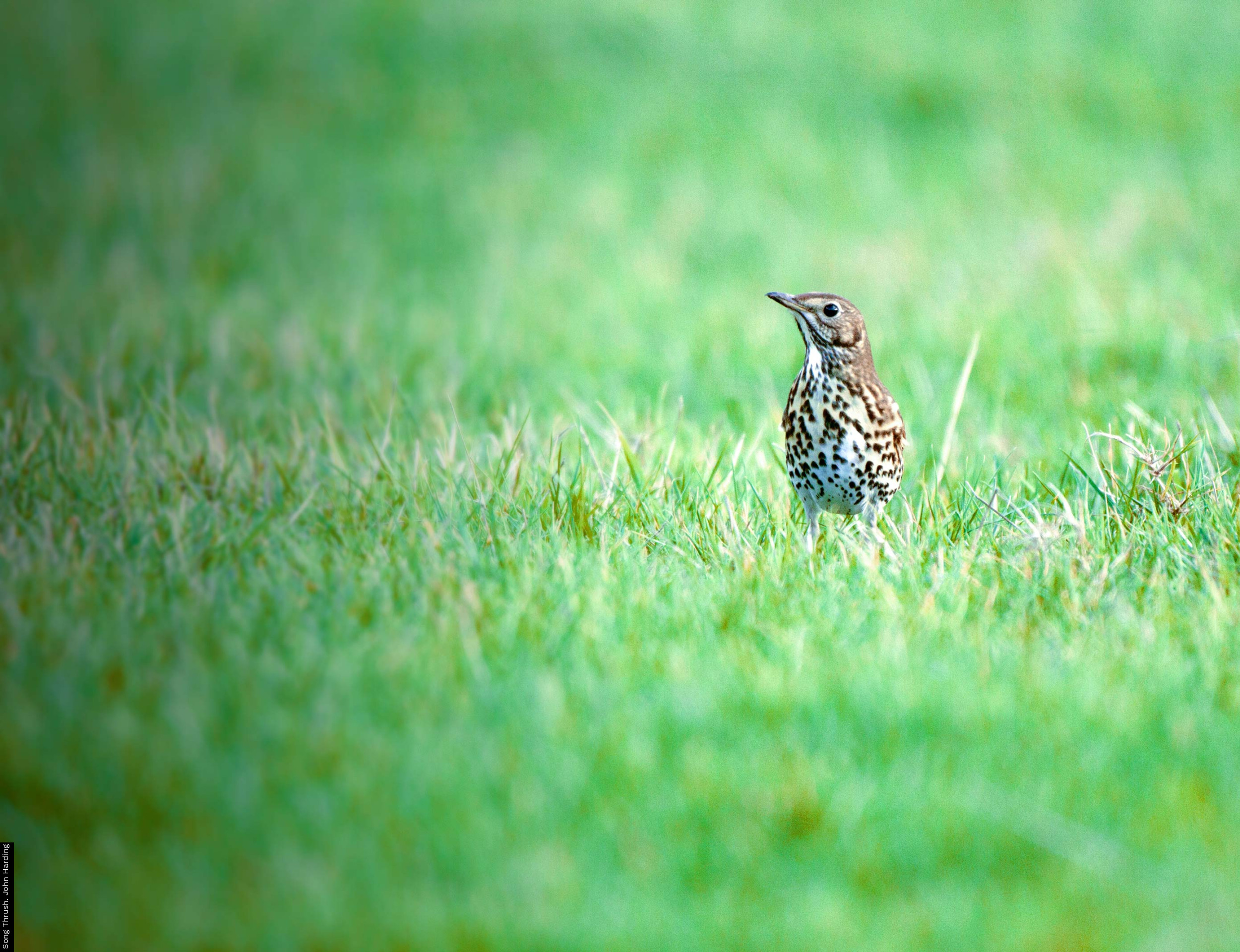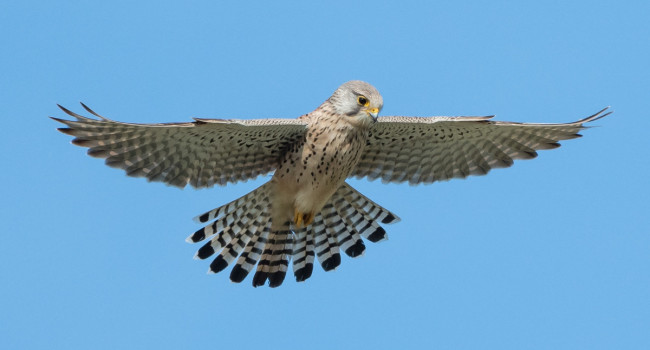English Farm Woodland Bird Survey - Methods
Four morning visits are required walking a route around the perimeter and through the farm woodland, to within 50m of every part of the woodland. For convenience in the field, survey data will be collected on the survey map using standard BTO species and activity codes to accurately plot all individuals and help avoid double counting. The methods are designed to estimate species’ abundances, overall abundance and species richness. Field data should then be collated on summary sheets designed for ease of subsequent inputting. The sites are small, so it should be possible to cover a number of woodland plots in a morning.
Some basic, but essential, habitat recording will be required for each farm wood, to record the features including tree species, woodland structure (reference diagrams provided), boundary type and mammals.
Timing of visits
Four morning visits between mid March 2019 and 15th July 2019, each conducted at least two weeks apart. Each survey visit will be conducted between 05:00am and 11:00am. Most plots are small and it should take around 20 to 30 minutes to survey, depending on size.
What to Record
Record all birds seen or heard using standard BTO species and activity codes. All live mammals observed along your route are to be recorded separately on a different form.
All registrations of birds (number and species) seen and heard in the woodland, including birds flying in or out of it, or in flight if associated with the woodland (e.g. hirundines foraging over it, but not gulls or woodpigeons that happen to fly over) should be mapped. We are also interested in woodland composition. Record the woodland habitat features using the form and list provided, on a single visit when the tree species are in leaf and can be identified. Tree type key and stand-type scheme are provided to aid identification of trees and woodland structure.
If a woodland patch crosses the border with another square that you have not selected, please consider also surveying the portion of that same woodland contained in the adjacent square, as otherwise nobody else will cover it.
After the survey is finished, please complete a summary count form to record totals of each species per visit, as well as a estimate of the total number of territories for each woodland plot.
Please see the Resources page for details of field methods, recording forms and other useful survey information.
All bird, mammal and habitat data, plus copies of your survey maps, should be sent to BTO as soon as possible before 15 August 2019.
Access permissions
All observers will have permission to cross any private land but they will need to give notice to the landowner prior to each visit. Surveyors will also be required to follow the BTO's Health & Safety guidelines.
Further information
All the instructions and forms needed to participate will be available on the Resources page shortly. Please direct any questions to the survey organisers Daria Dadam and Greg Conway via farmwoodbirds [at] bto.org (subject: English%20Farm%20Woodland%20Bird%20Survey%20query) (email) or 01842 750050






Share this page